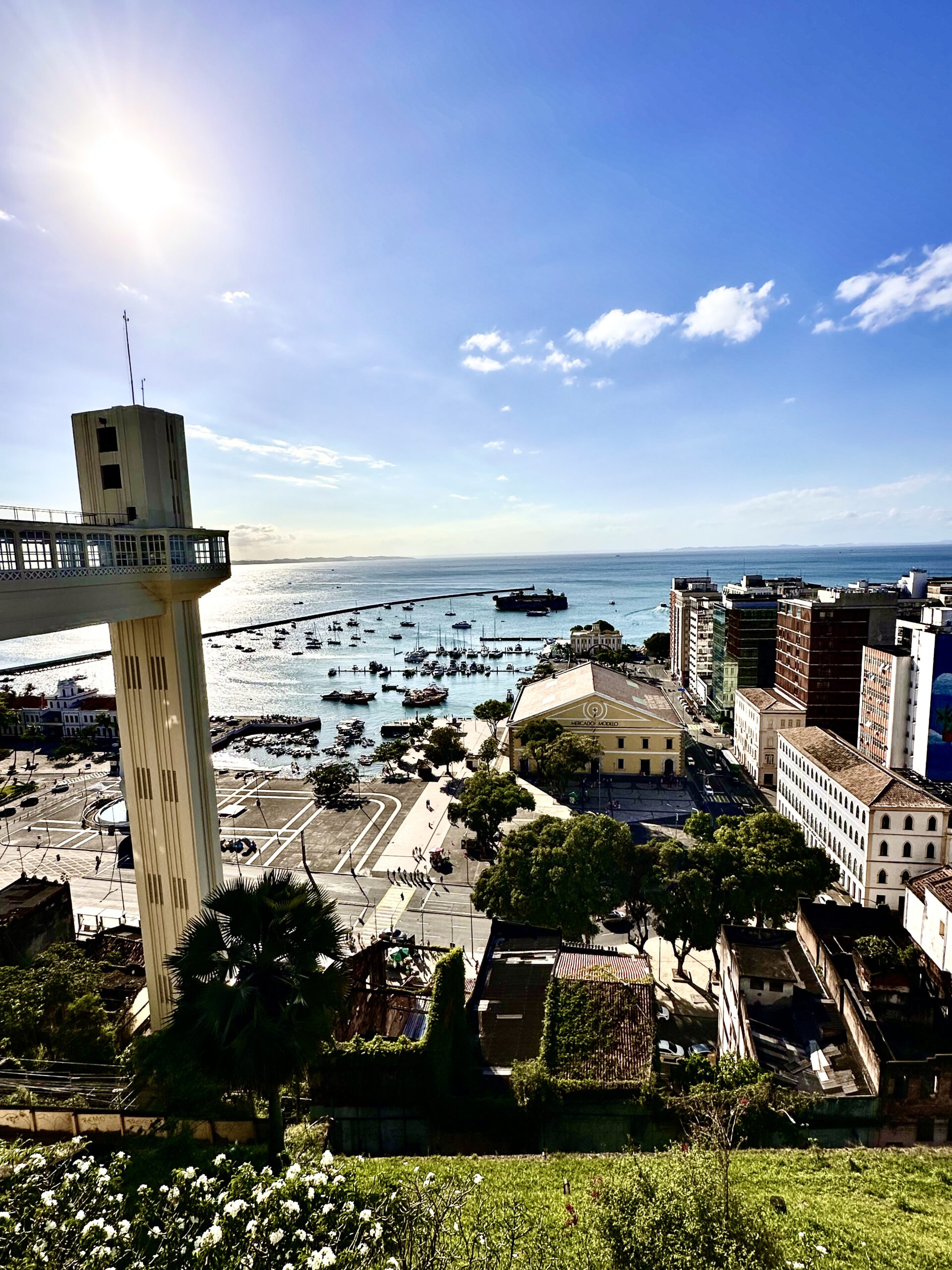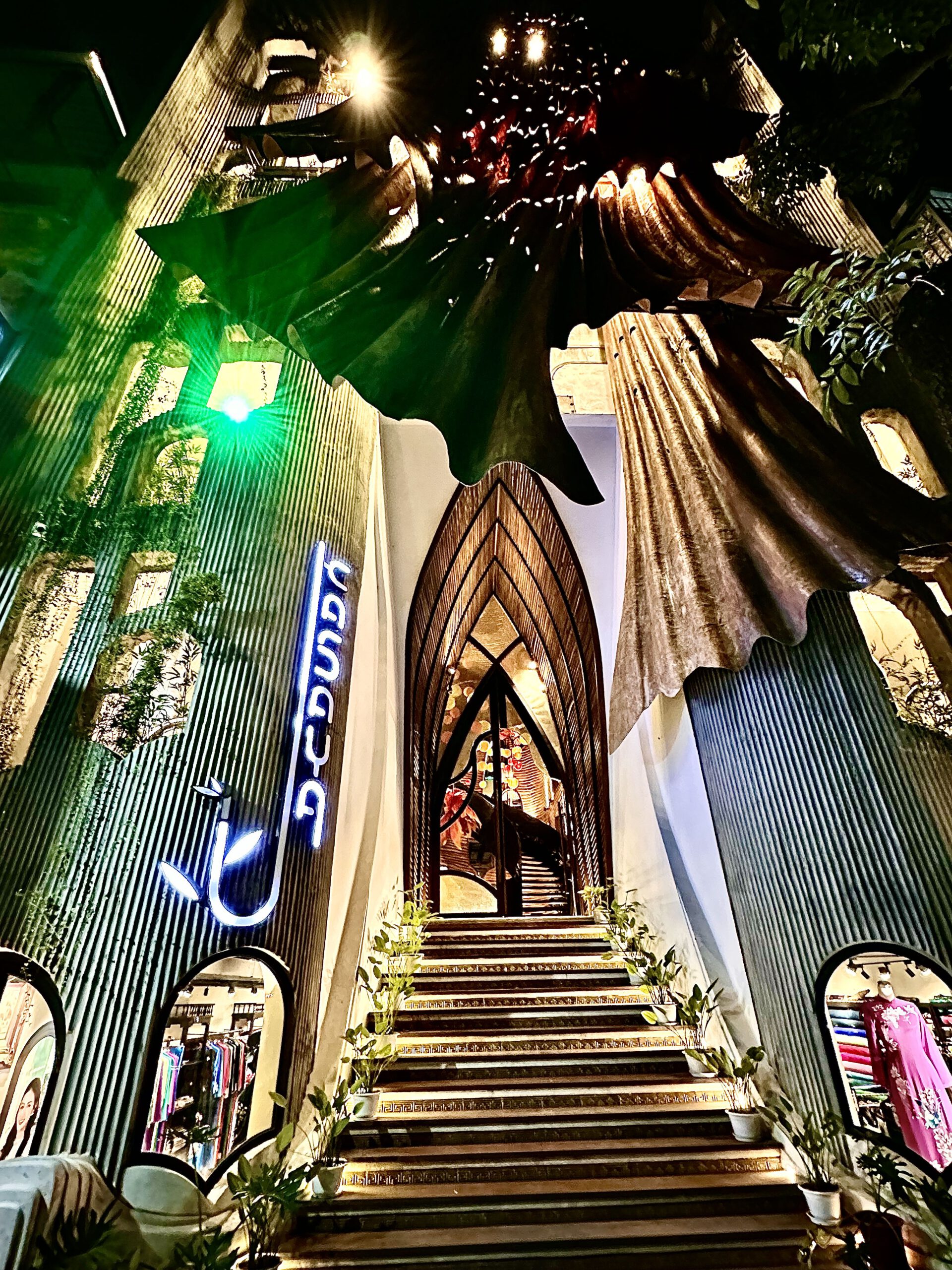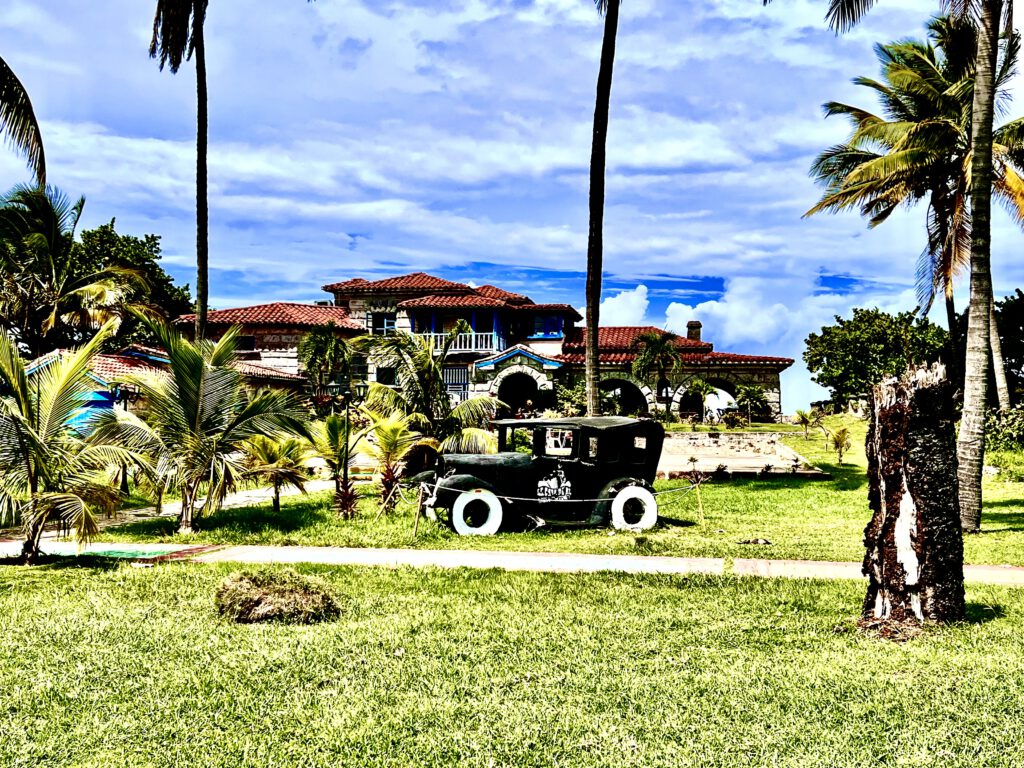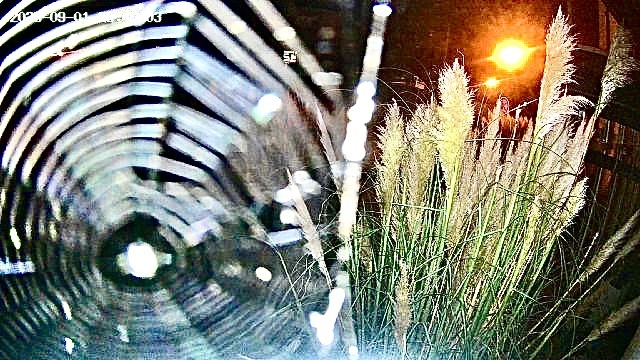Saphenion®: Krampfadertherapie als Profitbringer?
Krampfadertherapie als Profitbringer? Eine von Medicare durchgeführte Studie ergab, dass endovenöse Therapieverfahren (EVT) zunehmend von Ärzten durchgeführt werden, die traditionell nicht mit der Behandlung von Venenerkrankungen in Zusammenhang stehen.
Endovenous Therapy Procedures for Lower Extremity Venous Disease Increasingly Performed by Nonvascular Specialties A recent study of Medicare beneficiaries found that endovenous therapy (EVT) procedures are being increasingly performed by physicians not traditionally associated with the treatment of venous disease.





